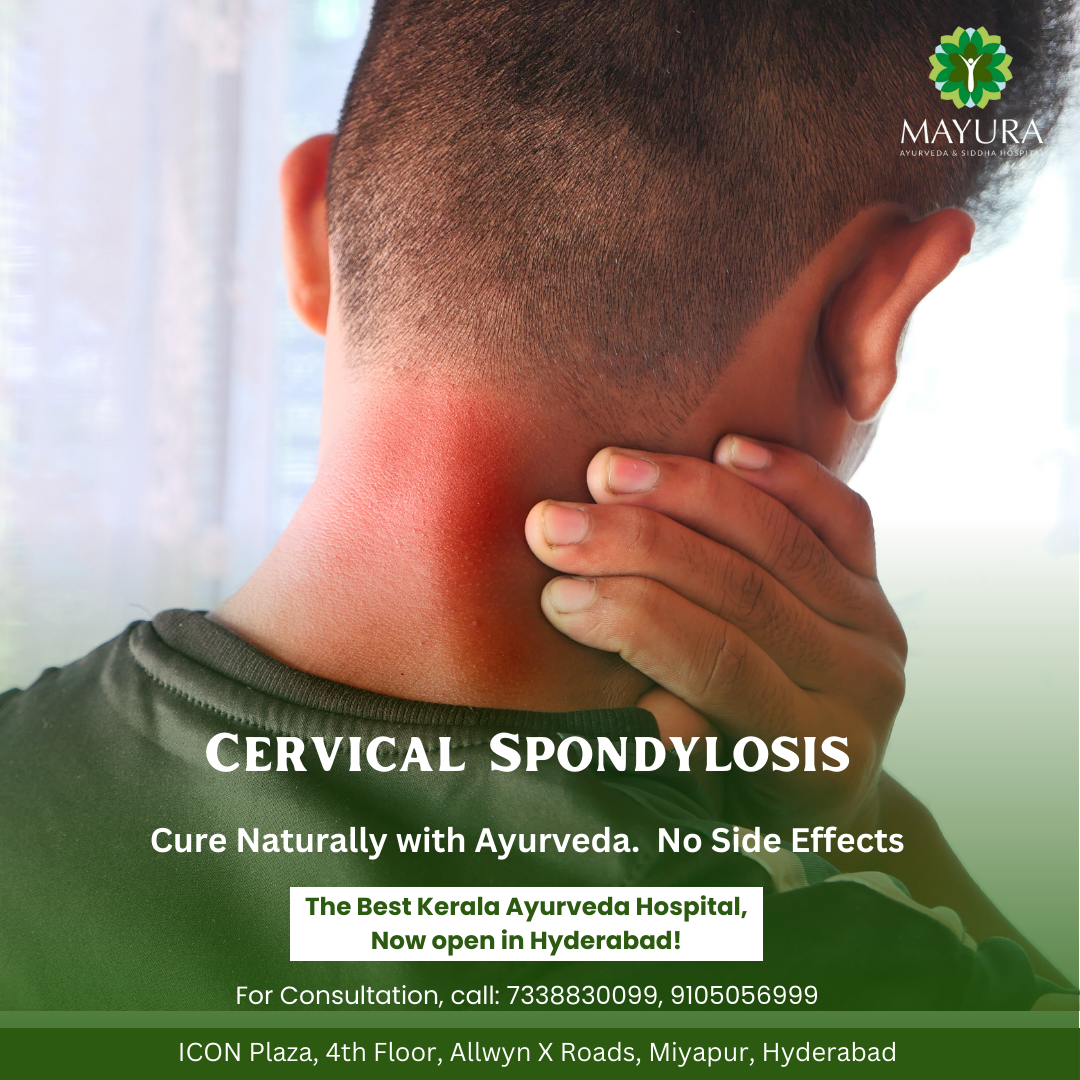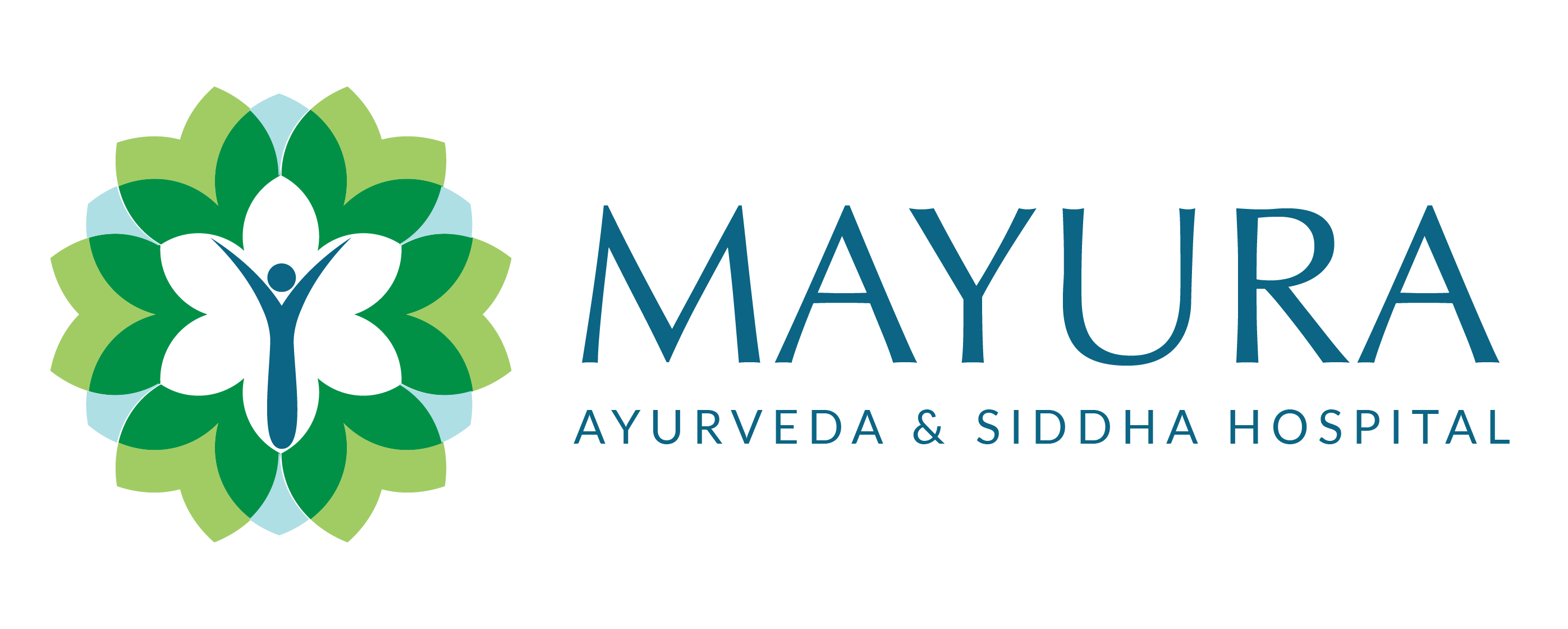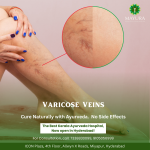
Decoding Cervical Spondylosis: Symptoms, Causes, and Treatments
Cervical spondylosis, also known as neck arthritis or cervical osteoarthritis, is a degenerative condition that affects the cervical spine, commonly occurring with age. This blog aims to provide a comprehensive overview of cervical spondylosis, including its causes, symptoms, diagnostic approaches, and treatment modalities, to empower individuals with knowledge about this prevalent neck disorder.
Understanding Cervical Spondylosis:
Cervical spondylosis is characterized by the degeneration of the discs and joints in the cervical spine, leading to the formation of bone spurs (osteophytes) and narrowing of the spinal canal. These changes can result in various symptoms, ranging from mild discomfort to debilitating pain and neurological deficits, impacting an individual’s quality of life.
Common Causes and Risk Factors:
The primary cause of cervical spondylosis is the natural wear and tear that occurs in the cervical spine over time. Factors contributing to its development include age-related degeneration, repetitive neck movements, poor posture, genetic predisposition, and previous neck injuries. Certain lifestyle factors such as smoking and obesity may also exacerbate the condition.
Recognizing Symptoms:
Symptoms of cervical spondylosis often manifest gradually and may include neck pain, stiffness, and reduced range of motion. Individuals may also experience radiating pain, numbness, tingling sensations, and muscle weakness in the arms or hands, indicating compression of the spinal nerves or spinal cord. Severe cases can lead to complications like cervical myelopathy or radiculopathy, affecting motor function and sensation.
Diagnostic Evaluation:
Diagnosing cervical spondylosis typically involves a thorough clinical examination, including a review of medical history, assessment of symptoms, and physical examination focusing on neck mobility, muscle strength, and reflexes. Imaging studies such as X-rays, MRI scans, and CT scans may be ordered to visualize the extent of spinal degeneration, identify bone abnormalities, and evaluate nerve compression.
Treatment Approaches:
Treatment strategies for cervical spondylosis aim to alleviate pain, improve function, and prevent disease progression. Non-surgical interventions may include rest, physical therapy, neck exercises, heat or cold therapy, and pain medications. In cases of severe or persistent symptoms, corticosteroid injections or muscle relaxants may be prescribed. Surgical options such as cervical decompression and fusion may be considered for individuals with significant spinal cord compression or neurological deficits.
By raising awareness about cervical spondylosis and its management, individuals can take proactive steps to mitigate risk factors, adopt healthy lifestyle habits, and seek timely medical intervention to effectively manage this prevalent neck condition.






